1. Videos
1.1. The Best Online Videos Showing ESL/EFL Teachers In The Classroom
1.2. YouTube video playlist: Technology and ELLs
2. Websites
2.1. The “All-Time” Best Resources, Articles & Blog Posts For Teachers Of English Language Learners - March 15, 2014 by Larry Ferlazzo
2.2. Technology Enhanced Instruction For ESL and Bilingual Education (2010)
2.3. Best Practices for ELLs
2.4. TextHelp blog - ELL
2.5. Blog: Karen Nemeth - Language Castle
2.6. Larry Ferlazzo: Websites of the Day
2.7. Tech Tools in the Classroom
3. Research-Articles
3.1. Captioning
3.1.1. On-screen print: the role of captions as a supplemental literacy tool (Abstract, Article $)
3.1.2. Benefits of Closed Captioning in the Classroom
3.1.3. NYT Article: Subtitles That Aid Reading
3.1.4. Captioned Media: Teacher Perceptions of Potential Value for Students With No Hearing Impairments
3.2. Text to Speech (TTS) - Reading text out loud from Google Docs, pdfs, websites
3.3. Word prediction
3.3.1. Word prediction: what the research says (2010)
3.3.2. Essential Actions: 15 Research-based Practices to Increase EL Student Achievement
4. Books: ELL/Bilingual - Technology Integration
5. Ideas
5.1. Using Photos With English-Language Learners
5.2. English Language Learners Using Screencast-o-matic For Folktale Presentations (Larry Ferlazzo)
5.3. Eight Ways to Use Video With English-Language Learners (Larry Ferlazzo)
5.4. Digital Storytelling with ELL Students (Prezi)
6. Questions
6.1. Do students have ...
6.1.1. Windows or Mac computers at home?
6.1.2. internet access at home?
6.1.3. Smartphone or iPod
6.1.4. iPad or Android tablet
6.2. Are teachers of ELL students
6.2.1. turning on closed captioning when showing videos in class or providing videos for check out that students could re-watch with closed captions?
6.2.2. Making accommodations for ELL students?
6.3. Are ELL students also on IEPs and getting assistive technology through special ed?
6.4. Any deaf/HOH or students with visual impairments
6.5. Are English teachers providing Shakespeare in ELL appropriate levels?
7. Tools
7.1. Read&Write for Google (RWFG)
7.2. Read&Write Highlighting Tools Google Add-on
7.3. Closed Captions
7.3.1. YouTube
7.3.1.1. Automatically generated
7.3.1.1.1. Edit until better or perfect
7.3.1.2. Upload script - auto-synchronize
7.3.1.3. Translatable into 51 languages
7.4. iPad Apps
7.4.1. The Best Mobile Apps For English Language Learners
7.5. Android Apps
7.5.1. Best Android apps for ESL students and learning English
7.6. Chrome
7.6.1. Apps
7.6.2. Extensions
7.6.2.1. Kaizena
7.6.2.1.1. http://grmr.me/
7.6.2.2. Lingua.ly
7.6.2.2.1. Lingua.ly Is A Useful Tool For Second-Language Learners
7.6.3. Add-ons
7.6.3.1. Read&Write Highlighting Tools - Add-on
7.7. Web 2.0 Tools
7.7.1. Blogs
7.7.2. Podcasts
7.7.3. Wikis
7.7.4. VoiceThread
7.7.5. The Best Web Tools For English Language Learners (In Other Words, The Ones My Students Regularly Use (Larry Ferlazzo)
7.8. Screencasts
8. Reading
9. Writing
9.1. Kaizena
9.1.1. http://grmr.me/
10. Math
10.1. Teaching Math to ELLs - Middle School ($86 for article)
10.2. Khan Academy
10.2.1. In English
10.2.2. In Spanish
10.2.3. Teacher (ELL or Math) can be coach and track student use
